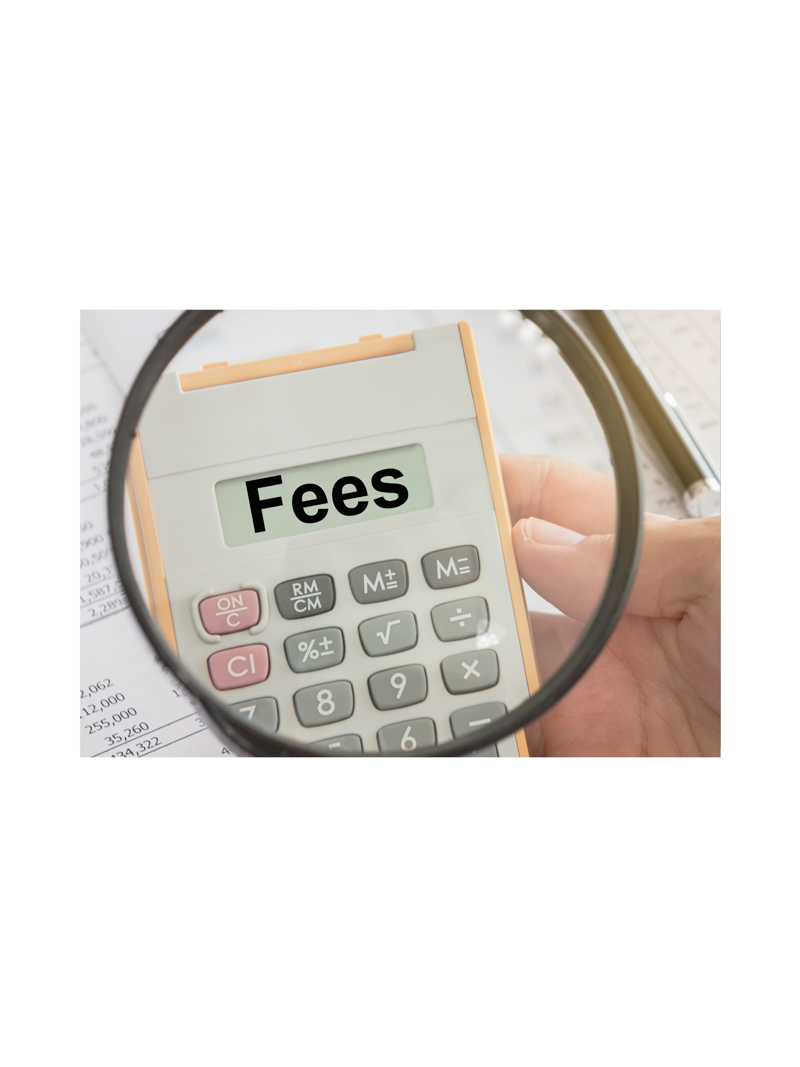Carrier surcharges are a way of life for retailers and eCommerce companies. And the pandemic only accelerated them. So, this holiday season, shippers can expect even more surcharges from the top three U.S. parcel carriers.
Knowing these surcharges is a step for retailers and eCommerce companies to plan for them. Figuring out ways to keep costs down through rate shopping, routing, packing orders efficiently, and other ways a multi-carrier parcel management solution may mitigate some of the inevitable peak shipping season charges, while still delivering a great customer experience.
USPS Holiday Surcharges
The U.S. Postal Service is temporarily increasing shipping rates for all customers during the holiday season for the first time in its history.
In what it said was a move to offset increased costs during peak season, USPS is increasing costs between Oct. 3 and Dec. 26 on everything from base-level flat rate boxes and envelopes to much larger items.
“This temporary rate adjustment is similar to one in 2020 that anticipated heightened peak-season package and shipping demand, which typically results in extra handling costs,” a press release from USPS said. “These temporary rates will keep the Postal Service competitive while providing the agency with the revenue to cover extra costs in anticipation of peak-season volume surges similar to levels experienced in 2020.”
The price increases range from $0.75 more for flat rate boxes to $5.00 for packages as large as 70 pounds.
USPS is not alone, as FedEx will be boosting surcharges for the holidays as well.
FedEx Holiday Surcharges
FedEx surcharges will kick in on Nov. 1 with a $1.50-per-piece price hike for FedEx’s Ground Economy deliveries. This applies to outbound residential deliveries for small and medium-sized businesses and covers low-weight, low-value, non-urgent deliveries.
While the first surcharge expires on Nov. 28, that won’t be the end. The following day the charge will jump to $3 per package and will last until Dec. 12 to compensate for Black Friday and Cyber Monday purchases. Then, beginning on Dec. 13, the surcharge returns to the original $1.50 through Jan. 16.
The company also announced a 60-cents-per-piece charge starting Jan. 17, 2022, for retailers whose shipment volumes qualified for holiday surcharges. So far, there is no expected date for the end of this cycle.
UPS Holiday Surcharges
In July, UPS announced peak surcharges that began Jul. 4 through Oct. 2, along with a second bump beginning Oct. and lasting through January 2022
“UPS continues to provide essential service amid the ongoing coronavirus outbreak to support the needs of our customers,” UPS said in a statement. “Our goal is to ensure businesses and customers are able to meet their shipping needs while demand has increased for shipping services.”
UPS Surcharges Oct. 3, 2021, to Jan. 15, 2022:
- $6.00 per package
- $60.00 per package large package surcharge
- $250.00 per package for Over Maximum Limits packages
While you probably won’t be able to avoid carrier peak surcharges, there are other accessorial fees you can cut down to help maintain your profit margins keeping the holiday season in the black.
-
Residential Surcharge
It has always cost a bit more to deliver to a residential address because carriers generally favor consolidated delivery points. And more consumers remain home following the pandemic—with many businesses choosing hybrid or fully remote scenarios—residential deliveries will continue to climb even with the growth of BOPIS.
It is vital to have a multi-carrier management system to check residential vs. commercial at the time of ordering and shipping. In addition, auditing carrier bills is a great way to ensure you are not overpaying.
-
Fuel Surcharge
Anyone who has stopped at the pump lately knows that the price of fuel is on the rise, and it is not expected to slow down anytime soon
While negotiating fuel surcharges is difficult, implementing an omnichannel fulfillment strategy can ensure merchandise is closer to customers, resulting in fewer miles less fuel.
-
Third-Party Billing Surcharge
Third-party billing adds yet another level of fees to shipping. Anytime a parcel is billed to a third party unrelated to your account, the carrier is likely to tag the delivery with a surcharge. Most often, this happens when you use a third-party fulfillment center.
-
Address Correction Fees
Too often, the smallest of details are not included on orders, such as a suite or apartment number. Missing information means the carrier may have to do some extra to ensure the delivery gets in the hands of your customer, and often you’ll pay for that additional workload.
The right parcel shipping software can help you fill in the blanks when processing the shipment and printing labels, helping reduce those costs by cutting the work you and the carrier need to do to deliver the package to the right doorstep.
-
Dim Fees
eCommerce volumes fueled by the Coronavirus pandemic have created a parcel carrier capacity crunch, making it more critical than ever for carriers to make the most of the space they have. Increasingly, parcel and freight carriers are applying space-based rating logic to penalize those who ship light containers relative to their size. If you don’t pack parcels well, you will pay for them in fees.
Carrier fees through the 2021 holiday season can put a crimp in the season for retailers and eCommerce companies that aren’t prepared. However, negotiating rates, utilizing carriers that don’t have such hefty fees, and mitigating unnecessary and unexpected fees and surcharges can keep the season merry and bright for bottom lines.
Contact us today to find learn how Transtream multi-carrier management solution can help you control your costs this holiday season.
